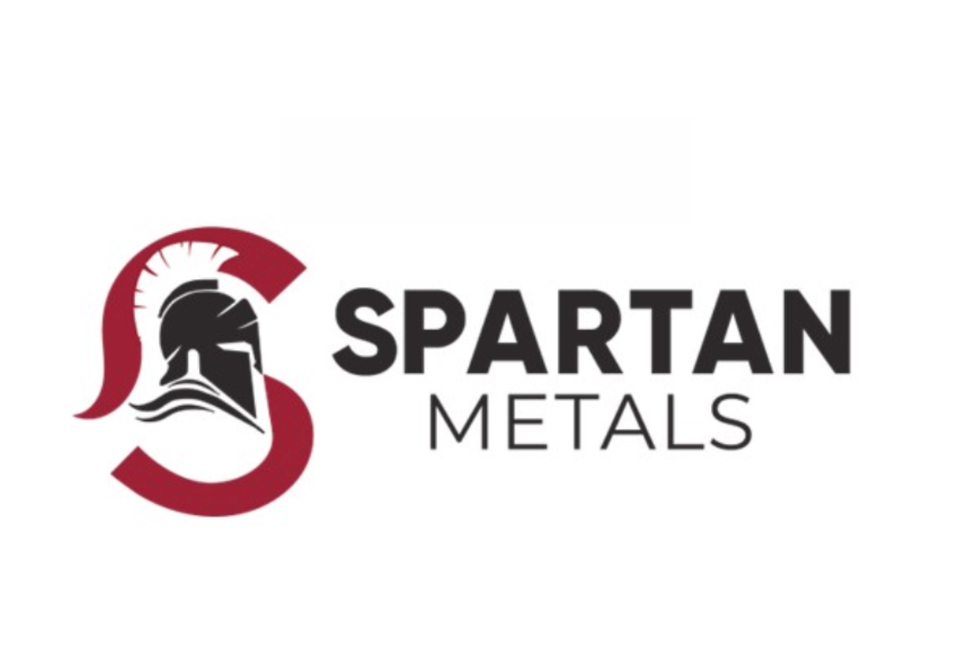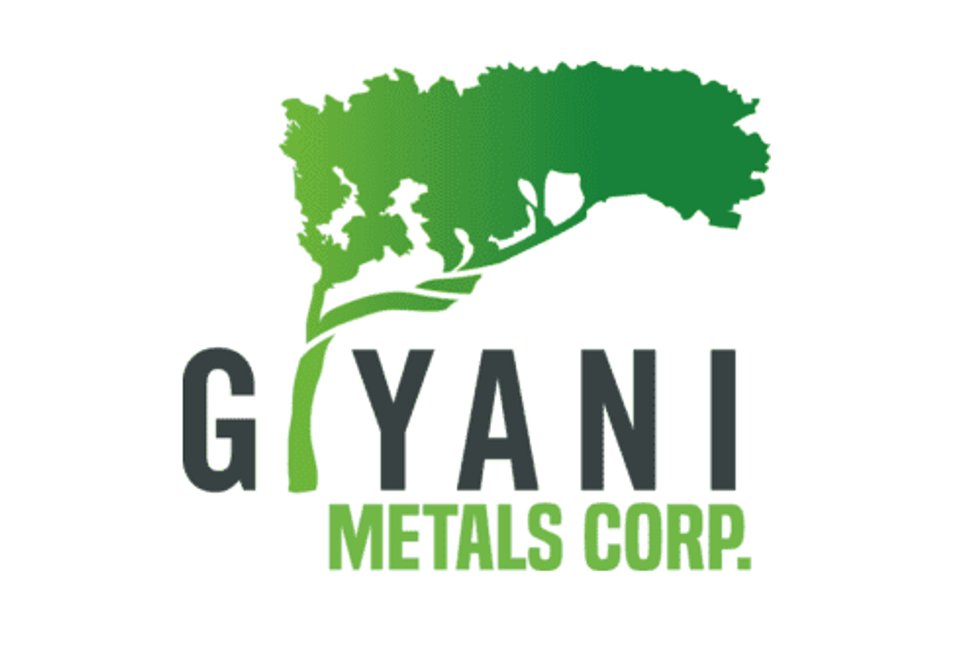Giyani Receives Positive Metallurgical Results For Its K.Hill Prospect

Giyani Metals Corporation (TSX VENTURE:WDG)(FRANKFURT:KT9) (“Giyani” or the “Company”) has received positive metallurgical testing results, performed by Dalhousie Minerals Engineering Centre in Halifax, Nova Scotia, Canada, from the manganese oxide bearing rocks sampled at the K.Hill Prospect, the first of three potential deposits within the Kanye Manganese Project in Botswana.
Of significance, manganese nodule type material, abundant at K.Hill, can be easily treated using a trammel/gravity/washing process. Manganese found in staining and veins environments suggest only a light grind is required making it physically amenable to hydrometallurgical processes. Hydrometallurgical processing takes the product to a grade higher than 99.7% manganese in the form of electrolytic manganese dioxide (EMD) suitable for the battery industry.
Robin Birchall CEO of Giyani said, “I am very pleased with the results of these tests. They vindicate the approach the Company has taken to pursue the high value battery market. We look forward to continuing our exploration and test work in Botswana at our deposits and hope to have further supportive good news in the near future”.
In detail, the results indicate manganese minerals at K.Hill occur in three forms:
- Staining on the silicates, iron oxides and themselves.
- Small veins, as manganese oxides deposited on each other
- Nodules wherein the manganese has built-up into botrydal masses that may contain other minerals
This supergene mineralogy is complex as there are many oxidation states of manganese and a variety of other metals are present.
These results, however, are positive indications that the percentage of deleterious elements in the rock does not affect quality or recovery. For example, Kaolin is present in one layer of the manganese bearing rock tested. This mineral has a smaller particles size and is found in veins; thus, should not present a problem during processing. Iron oxides are also found which is normal in manganese ores.
It is recommended that additional testing be performed to determine the recovery of manganese nodules through a screening, washing and/or gravity separation system and that the remainder of the manganese be tested for recovery and purity using hydrometallurgical processes.
- Dump Material: hydrometallurgy tests to determine potential recovery. It is unlikely that grinding will be required on this material. However, grinding should be done on a second iteration of these tests to determine if recoveries can be improved.
- Manganese-Iron Altered Shales: Size reduction to the range of 100-300 micrometers followed by hydrometallurgical testing to determine potential recovery of the manganese.
- Manganese Shales with Kaolin: this material is similar to the Manganese-Iron altered shales with the potential of a smaller required grind size and the presence of Kaolin. If Kaolin is detrimental to the hydrometallurgy a course grind should be performed at sizes larger than a millimeter, followed by a washing to remove the kaolin prior to size reduction to the 100 – 300 micrometers final size.
- Manganese altered Silicates: This has a low grade of manganese. However, some of the manganese occurs in larger veins and could be separated with a course grind followed by leaching and hydrometallurgy.
Examples of the manganese minerals found in the samples are shown in Table 1.
Table 1: Manganese minerals identified in the K.Hill samples
| Name | Lustre | Colour | Hardness | Tenacity | Density | MnO Grade |
| Cryptomelane | Earthy | Brown-gray | 5-6.5 | Brittle | 4.17-4.41 | 60% |
| Hausmannite | Resinous | Brown-black | 5.5 | Brittle | 4.83-4.85 | 72% |
| Hollandite | Metallic | Silver-Black | 4-6 | Brittle | 4.95 | 52.8% |
| Psilomelane | submetallic | Iron black | 5-6 | Brittle | 4.7 | 48.8% |
| Pyrolusite | Varies | Black-gray | 2-6.5 | Brittle | 5.04-5.08 | 63.2% |
| Jacobsite | Resinous | Brown-Black | 5.5-6.5 | Brittle | 4.76 | 23.8% |
| Coronadite | Varies | Gray-Black | 4.5-5 | Brittle | 4.2-4.5 | 48.7% |
The Bond Work Index for power requirements, to crush and grind manganese ore, ranges from 12 to 16 kWhr/tonne, but when grinding only to exposure can be as low as 6 kWhr/tonne. This is an approximation of the power required to break the rock from an infinite size to 100 micrometers.
Metallurgical testing was performed on samples collected from the K.Hill Prospect in Botswana in August and September of 2017 by Dr. Ian M. Flint, Ph.D., P.Eng. These samples were shipped to Dalhousie university in Nova Scotia, Canada, where sectioned mineralogy work was done on thin sections randomly taken from the samples using an electron microprobe and an optical mineralogical microscope. Dr. Flint supervised each stage of the work, including from the site, and ensured the chain of custody of the samples.
Ian Flint, Ph.D., P.Eng, is the qualified person, as that term is defined by National Instrument 43-101, on behalf of the Company and has approved the scientific and technical content contained in this press release.
Additional information and corporate documents may be found on www.sedar.com and on Giyani Metals Corp. website: https://giyanimetals.com/.
On behalf of the Board of Directors of Giyani Metals Corp.
Duane Parnham, Executive Chairman
Neither the TSX Venture Exchange nor its Regulation Services Provider (as that term is defined in the policies of the TSX Venture Exchange) accepts responsibility for the adequacy or accuracy of this news release.
Forward-Looking Statements
This news release may contain forward-looking statements including but not limited to comments regarding the timing and content of upcoming work programs, geological interpretations, receipt of property titles, potential mineral recovery processes, the financial picture of the Company etc. Forward-looking statements address future events and conditions and therefore, involve inherent risks and uncertainties. Actual results may differ materially from those currently anticipated in such statement.
Source: www.marketwired.com


